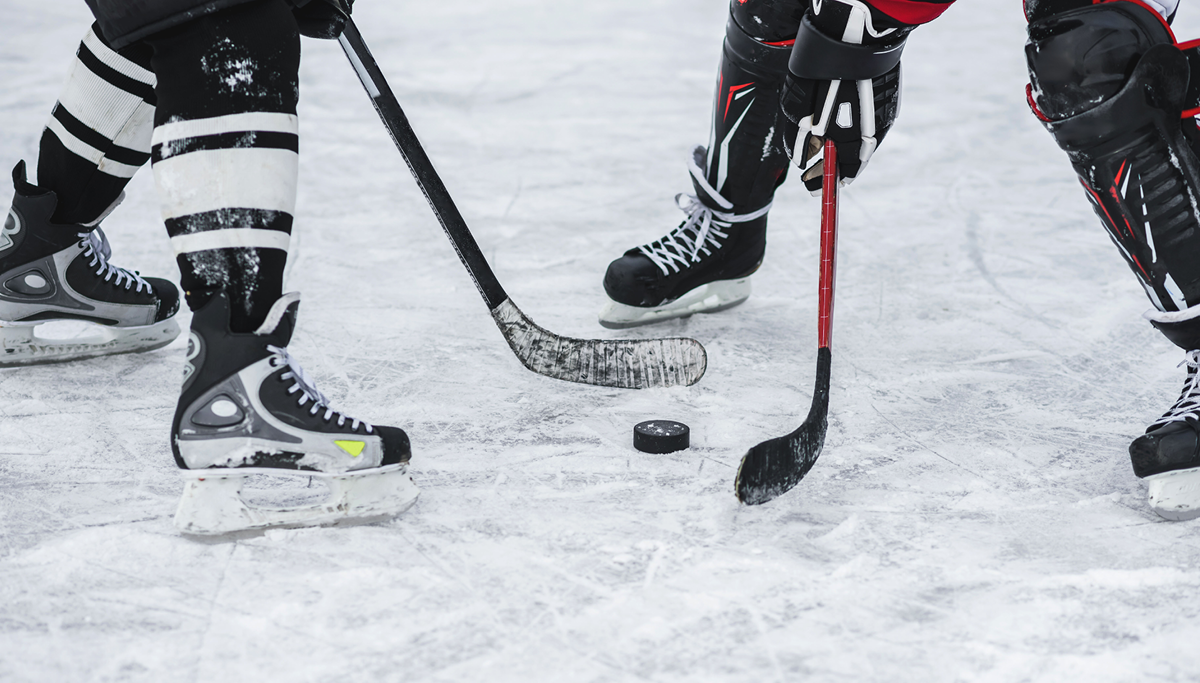Winter sports that need mouthguards
Winter is upon us, which means it’s time to prepare for activities in the snow! While most winter athletes focus on gearing up with layers of warm clothing and specialized equipment, there's one essential piece of safety gear that often goes overlooked: mouthguards.
Winter activities that need mouthguards
Snowboarding, ice hockey, skiing, and even ice skating can pose significant risks to your oral health. Be sure to protect your smile and wear a mouthguard anytime you participate in these activities.
Snowboarding
Snowboarders often navigate steep slopes, perform tricks, and ride at high speeds, making them susceptible to accidents that can result in impacts to the face or mouth. A mouthguard acts as a cushion, absorbing the force of the impact and protecting the teeth, gums, and jaw from injuries such as chipped or knocked-out teeth, lip lacerations, and jaw fractures.
Skiing
Like snowboarding, skiing involves high speeds, sharp turns, and varying terrains, making it possible for accidents to occur, especially in crowded or challenging conditions. In the event of a fall or collision, skiers can sustain injuries to the face and mouth. Wearing a mouthguard can help protect against these.
Hockey
Ice hockey is a high-contact sport that involves fast-paced movements, sharp turns, and physical collisions. Sticks and pucks increase the risk of accidental impacts to the face and mouth. Without proper protection, hockey players are vulnerable to serious dental injuries such as broken or knocked-out teeth, as well as injuries to the lips, tongue, and jaw. Wearing a well-fitted mouthguard is crucial for hockey players to reduce the risk of dental trauma.
Ice skating
Although ice skating may not involve pucks and sticks, it still carries a risk of accidental falls and collisions, especially during complex routines and jumps. Regardless of the level of expertise, wearing a mouthguard is a proactive step for ice skaters to safeguard their oral health and prevent potential injuries.
Choosing the right mouth guard for winter sports
There are various types of mouth guards available, including ones that are specifically designed to fit your mouth, providing optimal protection and comfort. Off-the-shelf mouthguards are also available and offer a basic level of protection, although they might not offer the same level of customization as custom-formed ones.
Mouthguards keep your mouth safe
Whether you're speeding down the slopes on a snowboard, gracefully gliding on ice skates, or engaging in the intense physicality of ice hockey, protecting your smile should be a top priority. Stay safe, protect your smile, and let the winter activities begin!
Looking for what to do during a dental emergency? Check out “How to handle dental emergencies”.

